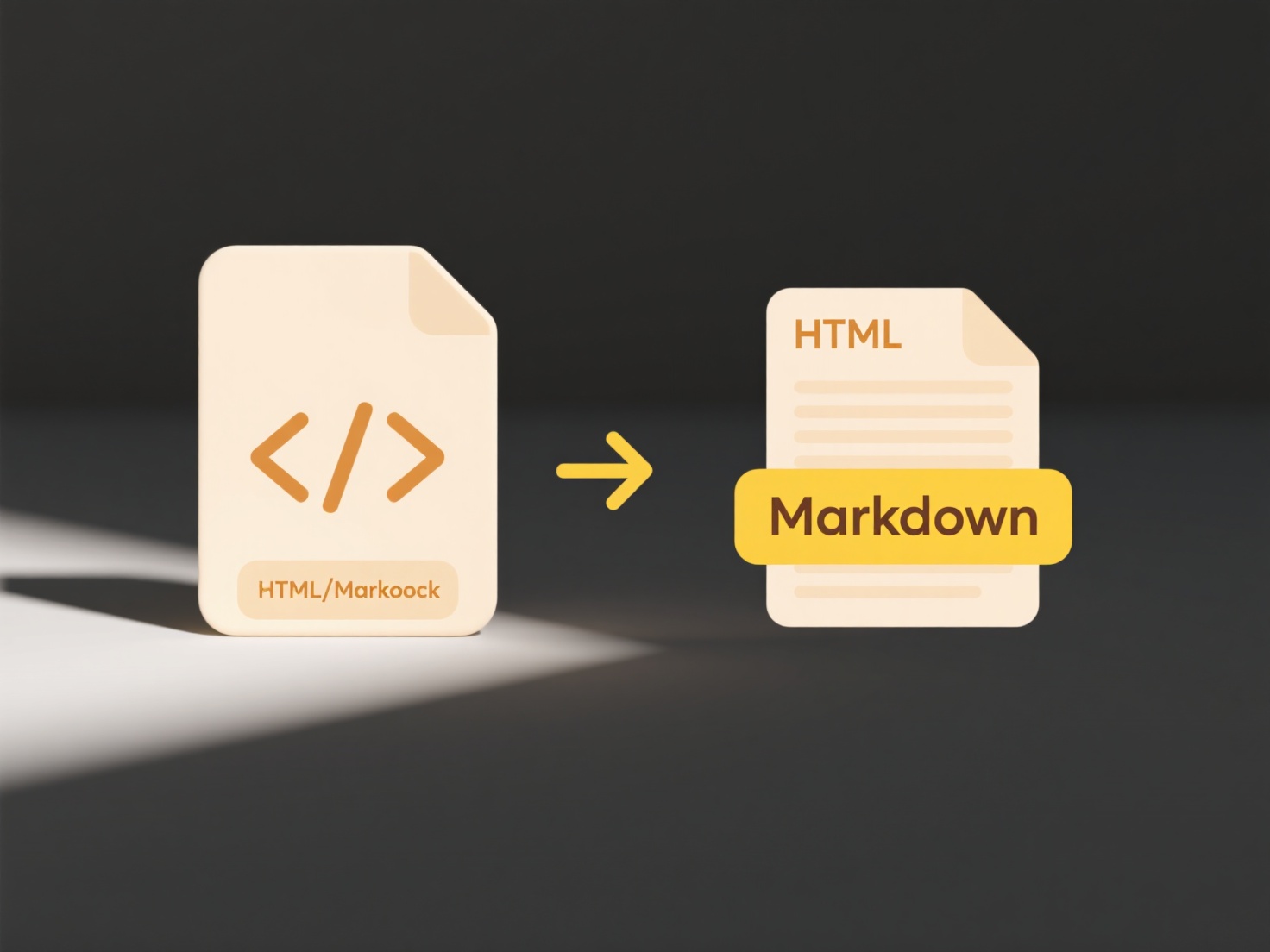
File format manipulation involves altering common document types like PDFs, Office files (Word, Excel), or archives (ZIP) to conceal harmful content. Attackers exploit how readers interpret these files by embedding malicious scripts, creating deceptive overlays hiding real content, or using features like macros. This differs from standard phishing emails using plain text or basic links by actively leveraging the file's internal structure and functionality to bypass some defenses and trick users.
Attackers frequently distribute manipulated files via email attachments posing as invoices, delivery notices, or faxes. For instance, a PDF might display a legitimate login page overlay but capture entered credentials underneath. An Excel file might contain hidden macros that automatically download malware when macros are enabled. Another common trick uses ZIP archives containing executables masquerading as harmless documents.

While effective at bypassing simple email filters, this technique relies on users opening attachments and enabling dangerous features like macros. Email security gateways can block known malicious files. Mitigation involves user training to scrutinize unexpected attachments, organizational policies disabling macros by default, and using security software that analyzes file behavior in isolated environments. File format vulnerabilities continuously evolve, requiring ongoing defense updates.
Can file format manipulation be used for phishing?
File format manipulation involves altering common document types like PDFs, Office files (Word, Excel), or archives (ZIP) to conceal harmful content. Attackers exploit how readers interpret these files by embedding malicious scripts, creating deceptive overlays hiding real content, or using features like macros. This differs from standard phishing emails using plain text or basic links by actively leveraging the file's internal structure and functionality to bypass some defenses and trick users.
Attackers frequently distribute manipulated files via email attachments posing as invoices, delivery notices, or faxes. For instance, a PDF might display a legitimate login page overlay but capture entered credentials underneath. An Excel file might contain hidden macros that automatically download malware when macros are enabled. Another common trick uses ZIP archives containing executables masquerading as harmless documents.

While effective at bypassing simple email filters, this technique relies on users opening attachments and enabling dangerous features like macros. Email security gateways can block known malicious files. Mitigation involves user training to scrutinize unexpected attachments, organizational policies disabling macros by default, and using security software that analyzes file behavior in isolated environments. File format vulnerabilities continuously evolve, requiring ongoing defense updates.
Quick Article Links
How do I sort files by size or date?
Sorting files by size or date is a fundamental file management technique. File size refers to how much storage space a f...
What does “Disk full” mean when trying to save?
"Disk full" refers to a storage device lacking available space to save new data. This occurs when the total capacity of ...
How do I verify if a file is still shared externally?
To verify if a file is still shared externally, you need to check its current access permissions. External sharing means...